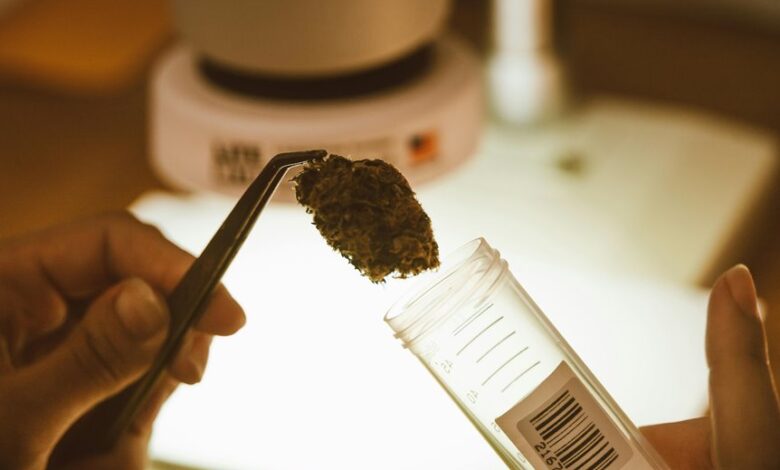How Is Cbd Made

The production of CBD begins with the careful cultivation of hemp plants, chosen for their high cannabinoid potential. Once mature, these plants are harvested to maximize potency. Following this, the extraction process occurs, with various methods employed to obtain the purest form of CBD. The journey doesn't end there; further refinement and formulation are crucial to ensure the final product meets safety and efficacy standards. What happens next in this intricate process?
Cultivating Hemp Plants
Cultivating hemp plants is a critical first step in the production of CBD, as the quality and genetics of the plants directly influence the final product.
Effective seed selection ensures robust strains with higher cannabinoid content, while optimal soil quality enhances nutrient absorption.
Together, these factors create an environment conducive to healthy growth, ultimately leading to a superior CBD extract that appeals to consumers seeking freedom and wellness.
Harvesting and Processing
As the hemp plants reach maturity, the harvesting and processing stage becomes crucial in determining the quality of the CBD extract.
Accurate harvest timing ensures that the plants contain optimal cannabinoid concentrations.
Following harvest, specialized processing equipment is employed to efficiently handle the plant material, preserving the integrity of the cannabinoids and terpenes, which ultimately influences the purity and effectiveness of the final CBD product.
CBD Extraction Methods
Numerous methods exist for extracting CBD from hemp, each varying in efficiency, safety, and end product quality.
CO2 extraction is often favored for its ability to produce high-quality extracts without residual solvents, ensuring purity.
Conversely, solvent extraction employs solvents like ethanol or butane, which can yield potent products but may compromise safety and quality if not carefully managed.
Each method's choice impacts the user's experience.
Refinement and Formulation
Once the CBD has been extracted, the refinement and formulation process plays a crucial role in enhancing the final product's quality and effectiveness.
This stage involves rigorous purity testing to ensure that harmful contaminants are eliminated.
Additionally, product formulation blends CBD with other beneficial compounds, optimizing its potency and bioavailability.
Ultimately, this allows consumers to experience the full spectrum of its therapeutic properties and achieve greater freedom in wellness.
Conclusion
In summary, the meticulous journey of CBD production—from cultivating premium hemp plants to advanced extraction and formulation techniques—ensures a high-quality product that meets consumer wellness needs. While some may question the efficacy of CBD, extensive research supports its potential therapeutic benefits, affirming its place in the wellness market. As the industry continues to evolve, the commitment to quality and transparency will remain paramount, helping consumers make informed choices about their health and well-being.





